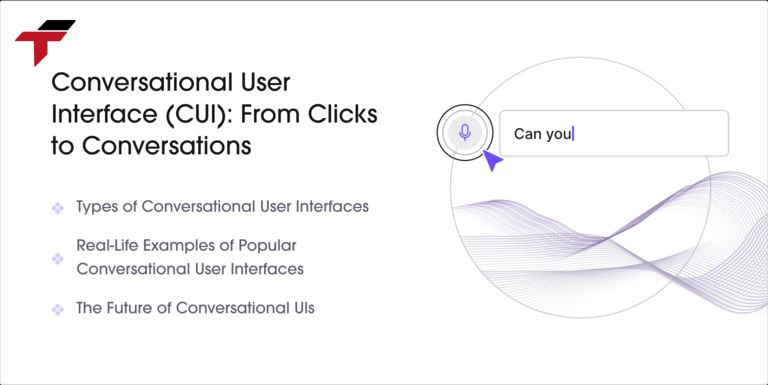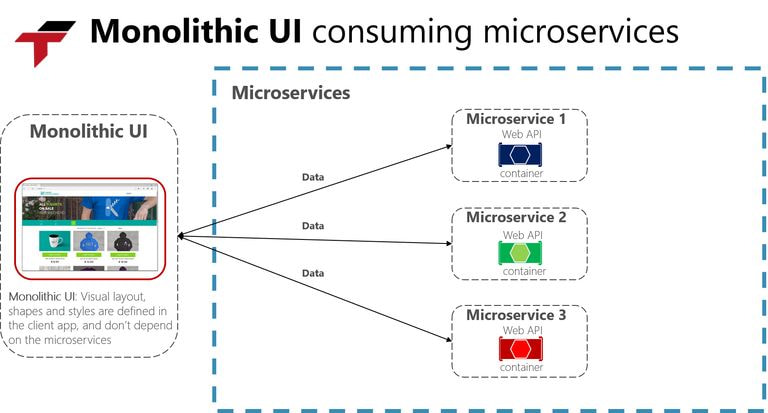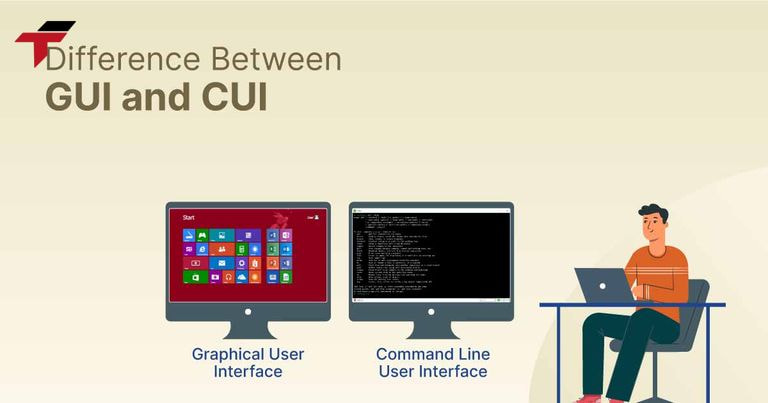What is the Composite User Interface (CUI)? A Composite User Interface (CUI) is an advanced approach to UI design that integrates multiple user interface components into a single, cohesive experience. It enables seamless interaction between different interface elements, enhancing usability and flexibility.

what is the composite user interface?
CUIs are widely used in applications where multiple UI paradigms must coexist, such as enterprise software, web applications, and automation systems….
What is the purpose of Composite User Interfaces?
The primary purpose of Composite User Interfaces is to create a more versatile and adaptable user experience. Unlike traditional UI models, CUIs allow developers to combine graphical, textual, and interactive elements efficiently. Here are some of the key objectives of CUIs:
- Enhanced User Experience (UX): By integrating different UI components, CUIs improve interaction flow and usability.
- Scalability: CUIs support dynamic UI elements that adapt based on user needs.
- Cross-Platform Consistency: They enable uniform user experience across multiple devices and platforms.
- Flexibility in Development: Developers can mix and match different UI paradigms, improving efficiency and customization.
- Modular Approach: CUIs promote reusability, making maintenance and updates easier.
What types of user interfaces are there?
Composite User Interfaces (CUI) are now very diverse, they are not just a single interface anymore but also have many classifications with their own special features, popular types of user interfaces today:
- Graphical User Interface (GUI): Uses visual components such as windows, icons, and buttons (e.g. Windows OS, macOS).
- Text-based User Interface (TUI): Based on text commands or text-based interactions (e.g. command line interface).
- Voice User Interface (VUI): Allows interaction through voice commands (e.g. Siri, Alexa).
- Natural User Interface (NUI): Uses natural gestures and interactions (e.g. touchscreens, VR systems).
- Composite User Interface (CUI): A method of combining different types of user interfaces to create a seamless experience.
How the composite user interface is created?

How the composite user interface is created?
Creating a CUI involves integrating multiple UI components while ensuring smooth communication between them. The process is conducted based on the following steps:
- Identify the required UI components: Identify the different UI modules required (e.g. charts, forms, navigation bars).
- Select technologies and frameworks: Select compatible UI frameworks and tools (e.g. React, Angular, Vue.js, Web Components).
- Determine communication mechanisms: Implement APIs, event-driven architectures, or message brokers to enable interactions between components.
- Ensure responsiveness and compatibility: Design UI components that work across multiple devices and screen sizes.
- Test and deploy: Conduct thorough testing to ensure the consistency and functionality of the UI.
What is the difference between CUI and GUI?

What is the difference between CUI and GUI?
While both Composite User Interface (CUI) and Text-Based User Interface (TUI) serve different purposes, they have distinct differences:
| Feature | Composite User Interfaces | Graphical User Interface (GUI) |
| Complexity | More complex due to multiple UI elements | Simple and lightweight |
| Interaction | Includes graphical, text, and interactive elements | Primarily text-based with keyboard input |
| Use Cases | Web apps, enterprise systems, dashboards | Terminal applications, command-line tools |
| User Experience | Richer and more interactive | Minimalistic and efficient |
Some examples of the Composite User Interface
Composite User Interfaces are used in many areas of life, some typical examples of this interface are
- Business Dashboards: Platforms like Salesforce and Microsoft Power BI integrate multiple UI components to display analytics, reports, and controls.
- E-commerce Platforms: Sites like Amazon and eBay use CUI to seamlessly combine product listings, search features, and recommendation systems.
- Content Management Systems (CMS): WordPress and Drupal use CUI to enable modular design, allowing for easy integration of themes, plugins, and widgets.
- Banking and Finance Applications: Online banking portals combine transaction history, account management, and analytics in a single UI.
- Health Tracking Systems: Apps like Fitbit and Apple Health integrate charts, notifications, and user input to provide a comprehensive overview of health.
Conclusion
The Composite User Interface (CUI) represents a significant evolution in UI design, offering greater flexibility and usability by integrating multiple interface types. Unlike Text-Based User Interfaces (TUI), which rely solely on textual input, CUIs enhance user interaction through graphical, voice, and text-based components. As technology advances, CUIs will continue to play a crucial role in creating seamless and adaptive digital experiences.
By understanding and implementing Composite User Interfaces effectively, businesses and developers can enhance user engagement, optimize workflows, and ensure a more intuitive digital experience for users across various platforms.
